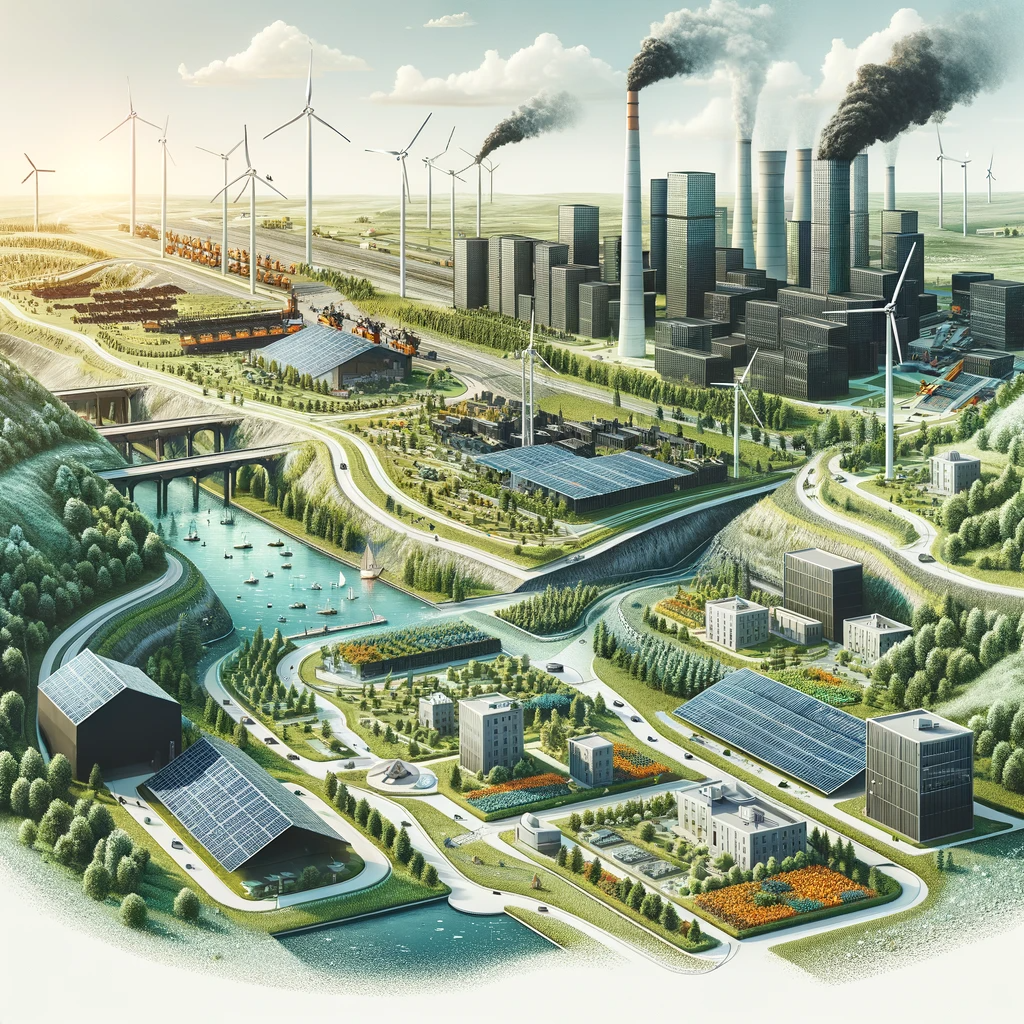Recent clarifications and updates from the U.S. Department of Treasury and the IRS have detailed the path for developers and investors to secure clean energy credits under the Internal Revenue Code Sections 45, 45Y, 48, and 48E. These guidelines come in several documents, each addressing specific aspects of the qualification process:
- Notice 2023-29: This document offers insights into the placement of clean energy projects within designated energy communities, detailing the necessary criteria for such locations.
- Notice 2023-45: It serves as an amendment to Notice 2023-29, effective for projects initiated post-January 1, 2023. This notice further refines the requirements for brownfield sites, specifically introducing a mandatory Phase I Assessment for projects with a maximum of 5MW in AC.
- Notice 2023-47: Here, taxpayers find a set of appendix lists instrumental in determining their project’s eligibility under two categories: Statistical Area and Coal Closure, as initially outlined in Notice 2023-29.
- Frequently Asked Questions: A helpful compilation that sheds light on how one might qualify as an energy community and the specifics of project location within such areas.
Understanding Energy Communities:
Energy communities are recognized in three distinct forms: brownfield sites, certain MSAs/non-MSAs based on unemployment metrics, and census tracts impacted by coal industry closures. These designations are crucial as they determine eligibility for enhanced tax credits, potentially increasing PTC and ITC by up to 10%.
- Brownfield Sites: These are areas complicated by possible contaminants. To qualify as a brownfield site, properties must undergo a specific assessment or meet set conditions outlined in the notice.
- Statistical Areas: These regions are defined by their reliance on fossil fuel industries and characterized by unemployment rates. Annual updates and data releases help determine these areas’ eligibility.
- Coal Closures: Tracts affected by coal industry downturns are recognized for their specific historical and economic impacts.
Project Location Criteria:
A set of tests, namely the Nameplate Capacity Test or the Footprint Test, is used to determine if a project effectively falls within an energy community, influencing the eligibility and scale of potential tax credits.
Expert Guidance:
With the evolving landscape of clean energy regulations, entities like FORVIS offer expertise in navigating these complex criteria, ensuring that your project not only qualifies but also maximizes the benefits of clean energy credits.”
This version maintains a focus on the significant details of the notices and guidelines issued by the Treasury and IRS, while also providing a concise understanding of what constitutes an energy community and the implications for clean energy projects.
Reference – https://www.forvis.com/forsights/2023/07/energy-communities-where-how-to-use-clean-energy-credits

